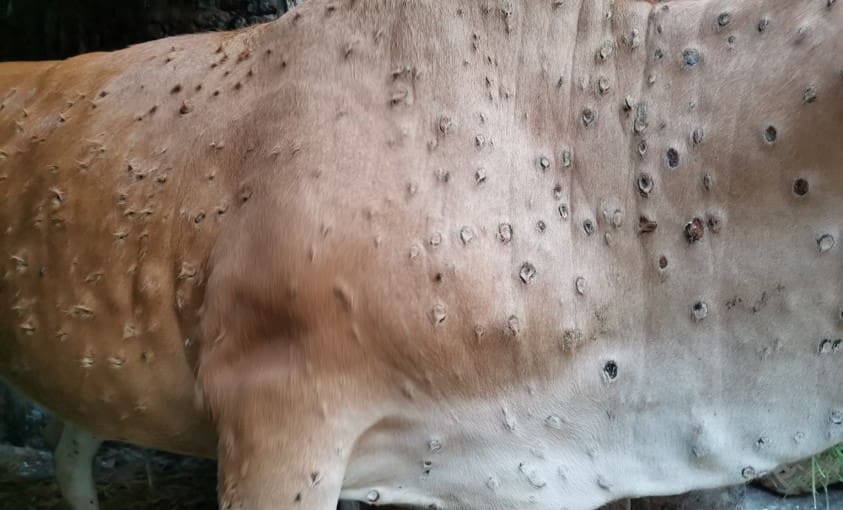 The Cattle Council Policy Council and Board agreed to the position and adoption of the updated AusVet Plan at its quarterly meeting on Thursday.
The Cattle Council Policy Council and Board agreed to the position and adoption of the updated AusVet Plan at its quarterly meeting on Thursday.
Cattle Council President Markus Rathsmann said an mRNA vaccine would be a powerful tool in preventing an outbreak in Australia.
“Lumpy Skin Disease has recently taken hold on our doorstep, in Indonesia,” Mr Rathsmann said.
“If the disease makes its way to Australia, it could destroy the viability of a $40 billion red meat industry that exports over 70 per cent of produce to world markets.
“An outbreak in Australia would see dozens of countries close the door to trade with Australia.
“We have a responsibility to throw our best resources at this to protect biosecurity integrity in the red meat industry, the animals we care for and the community.
“CSIRO’s Australian Animal Health Laboratory in Geelong is a Level 4 purpose-built world-class facility designed to manage R&D for annual disease and viruses.
“mRNA vaccines do not contain the live virus but scientists need samples so we can learn to fight it.
“Some simple vaccines have been developed overseas, but they carry an unacceptable risk of actually spreading the virus and other contaminants.
“If Australia can develop a safer, single-shot mRNA vaccine it will be a game-changer here and overseas.
“Our best chance at preventing a Lumpy Skin Disease outbreak is to help bring it under control in Indonesia, limiting the opportunity for it to spread further and we strongly support Mark Schipp and the Federal Government’s work in this effort.
“Cattle Council is writing to the Federal Government, requesting they approve the controlled importation of live Lumpy Skin Disease samples, so CSIRO can get to this important work.
“CCA acknowledges the assistance of Minister Littleproud’s recent announcement of the $61 million to boost northern biosecurity services. It’s critical we get state governments to also invest in upgrading biosecurity services.”

